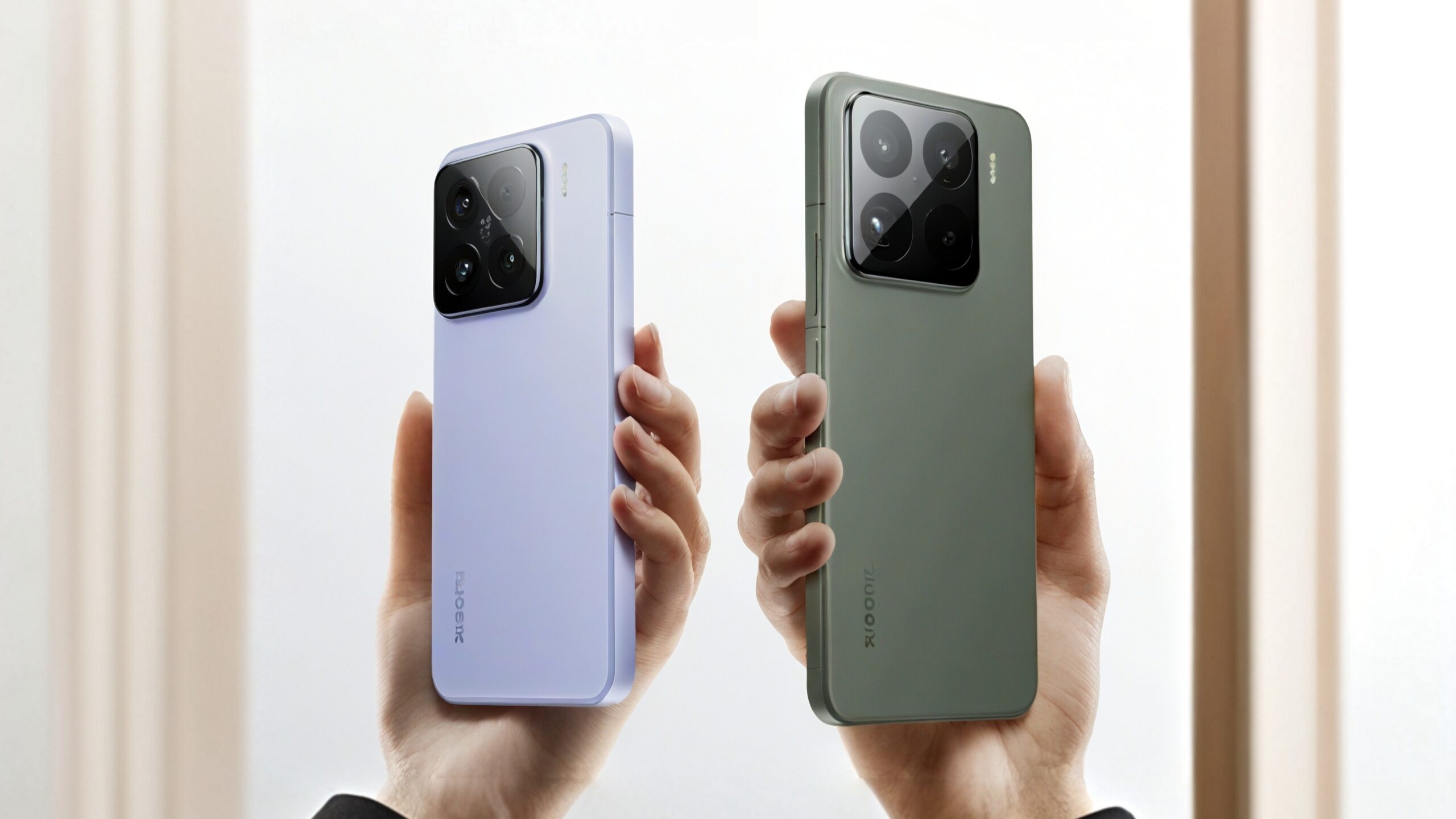We are getting closer to the launch of the iPhone 16 series and the upcoming Google Pixel 9 series. The Pixel 9 series launch event was supposed to happen in mid-October or November, but it is now happening two months earlier on August 13. And then, we have the launch of the iPhone 16 series scheduled in September. Numerous leaks are already up on the internet regarding the devices. And now a new piece of information reveals that the iPhone 16 Pro models and Pixel 9 series will utilize the industry’s best OLED displays.
Samsung’s best OLED panels are coming on Pixel 9 and iPhone 16 Pro models
The iPhone 16 Pro models and Pixel 9 series will use Samsung’s OLED displays. The newer flagships were said to feature the same display tech that we saw on the Galaxy S24 series. However, that is not going to be the case. A report coming from the Korean publication ETNews reveals that iPhone 16 Pro models and Pixel 9 series will not use the display tech similar to the Galaxy S24 series. Instead, the devices will feature the industry’s best OLED panels manufactured yet.
As per the reports, the Pixel 9 series devices the Pixel 9, Pixel 9 Pro, Pixel 9 Pro XL and Pixel Fold 2 will utilize Samsung’s M14 OLED displays. The upcoming iPhone 16 Pro and 16 Pro Max will use the same display as well. The “M number” indicates the quality of materials used to manufacture the display. The higher number equates to a better and more reliable display.
To give you a reference, the S24 series which had one of the best displays of its time features an M13 OLED panel. This means that the M14 should be better than it in terms of power efficiency, colour production and overall display quality. The optical efficiency has also got a steep improvement because of the implementation of the lower-dispersion CPL.
Read more: Where to Find Call Recording in OnePlus
The M14 OLED panels utilize advanced materials such as “HyperEfficient EL,” which increases the efficiency of the blue-emitting layer. This results in a 30% brightness increase for brighter highlights compared to the M13 OLED panels. To further improve efficiency and lifetime, Samsung is also working on adding blue phosphorescent materials to replace the current blue fluorescent elements; however, this may not be fully realized in future iterations like the M15.
The M14 displays are surely going to be a worthy upgrade over the existing panels. However, as for the iPhone 16 series, the base variants will stick to two generation-old M12 models of OLED displays. Well, keeping the theoretical portion aside, the actual real-life differences and improvements of the displays will be tested once both devices have been launched officially.



